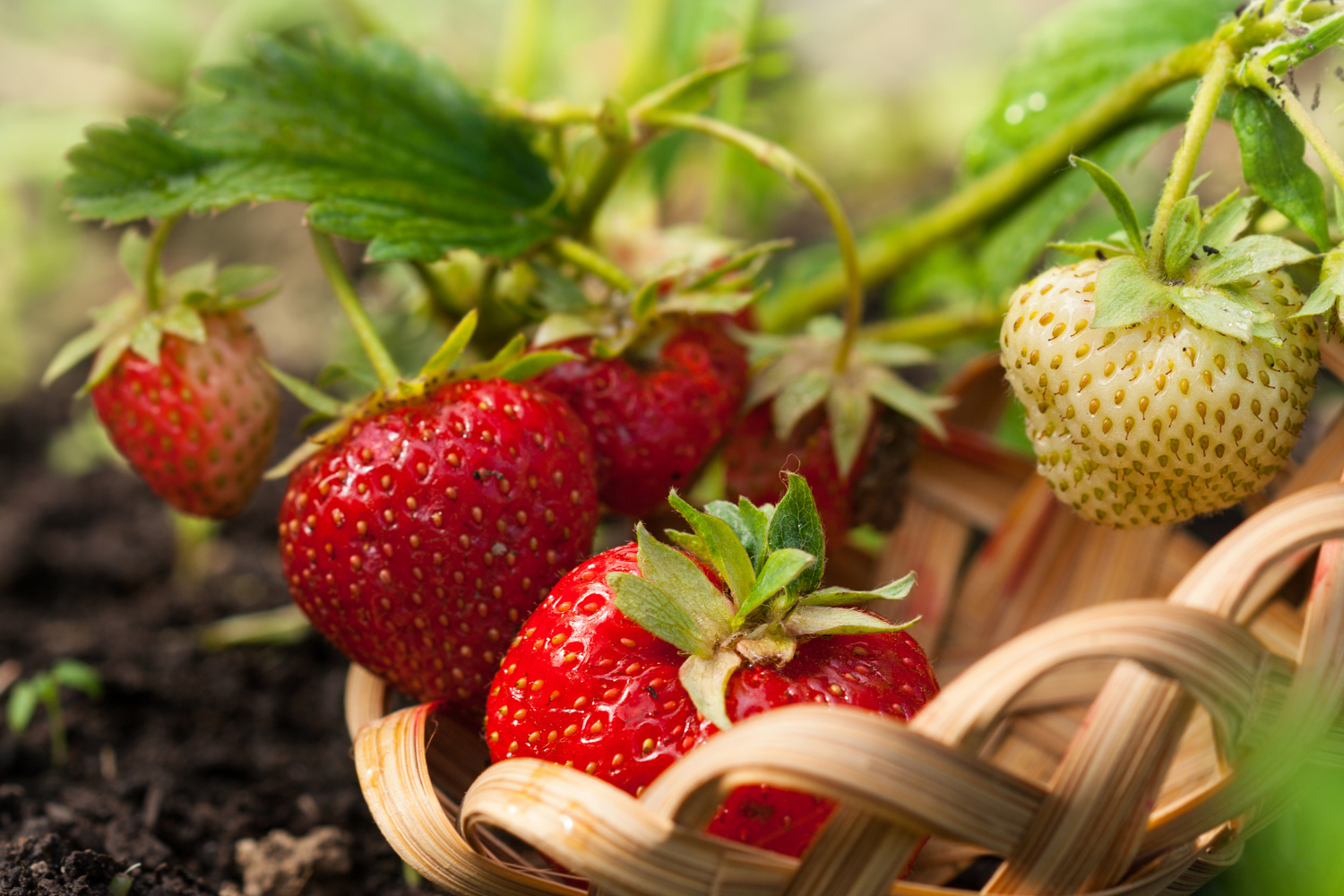How to Naturally Grow More Juicy Strawberries
•Posted on March 03 2023

What if we told you that there is a way you could naturally increase your strawberry harvest?
And what if there was a way to get more juicy strawberries while at it?
Well, you're about to discover a few ways to simultaneously improve your yield by volume and quality.
Let's get you set up for a juicy bountiful summer harvest.
Plant the Right Variety of Strawberries

There are three common types of strawberries planted in the United States.
The June bearing, ever-bearing and day-neutral.
While some people plant just one variety, others plant all three types.
Recommended for You:
The variety you choose should go well with your local climate and when you would like to get your harvest.
Strawberry varieties in the June bearer's categories yield fruit earlier in the warm climate, so you typically start harvesting in April.
However, for the maximum harvest, you want to go with the overbearing types such as the Quinault.
Use the Right Fertilizers

Give your hydroponic strawberry plants the best start at life by adding a good amount of our fertilizer which contains a balanced ratio of nitrogen, potassium and phosphorus.
Provide Optimal Soil Conditions for Your Berries

Poor soil conditions will affect your yield and strawberry quality in the long run.
You want to ensure you use top-quality potting soil and the best fertilizer.
If your local soil is naturally alkaline, you want to use soil with well-aged compost.
In addition, when planting your strawberries, you should pay attention to how deep you place the seed or seedling.
You want the plant's crown to sit above the soil's surface.
Too deep and the roots will rot, and too high and the crop will wilt.
Here are a few other soil types you may encounter in your garden.
-
Soil silt- Soil with silt is good soil for strawberry planting because it has good water retention.
-
Clay soil- Clay soil takes time to warm up and retains heat longer. Because it is densely packed, the soil does not drain well, which may affect your strawberry yield.
-
Sandy soil- this soil type is warm and cools quickly. It has the added advantage of good drainage and is less dense, so it's easy to work.
-
Loam soil- Loam soil has good water retention and drains well in most areas. It is also easy to work with, so it is a common favorite for many gardeners.
You also want to plant your strawberries in soil that was previously growing peppers, tomatoes, eggplant and potatoes.
Give Your Strawberries Plenty of Sun

This tip may be one of the most underrated one for strawberry growers.
Strawberries love the sun, so you want to plant them in a sunlit area.
The more sun they get, the juicier they get.
But, it is essential to ensure that sun exposure does not dry out the soil by keeping it moist.
Final Thoughts
Strawberries make for a great accompaniment to many meals.
They also make for a healthy and delicious snack for the whole family.
Planting giant juicy strawberries have never been this easy, thanks to our specially formulated strawberry fertilizer.
Get our Strawberry Fertilizer 8-12-32 Plus Micronutrients and experience the difference in your strawberries next harvest.
Comments
0 Comments
Leave a Comment